The principles of gating project funding and linking outcome to strategic goals
Agile way of working and funding initiatives seem to rely on different principles since the budget of companies is defined yearly and strategic goals even less frequently, but agile teams work in two week sprints and three month business intervals. How can that still work for many companies?
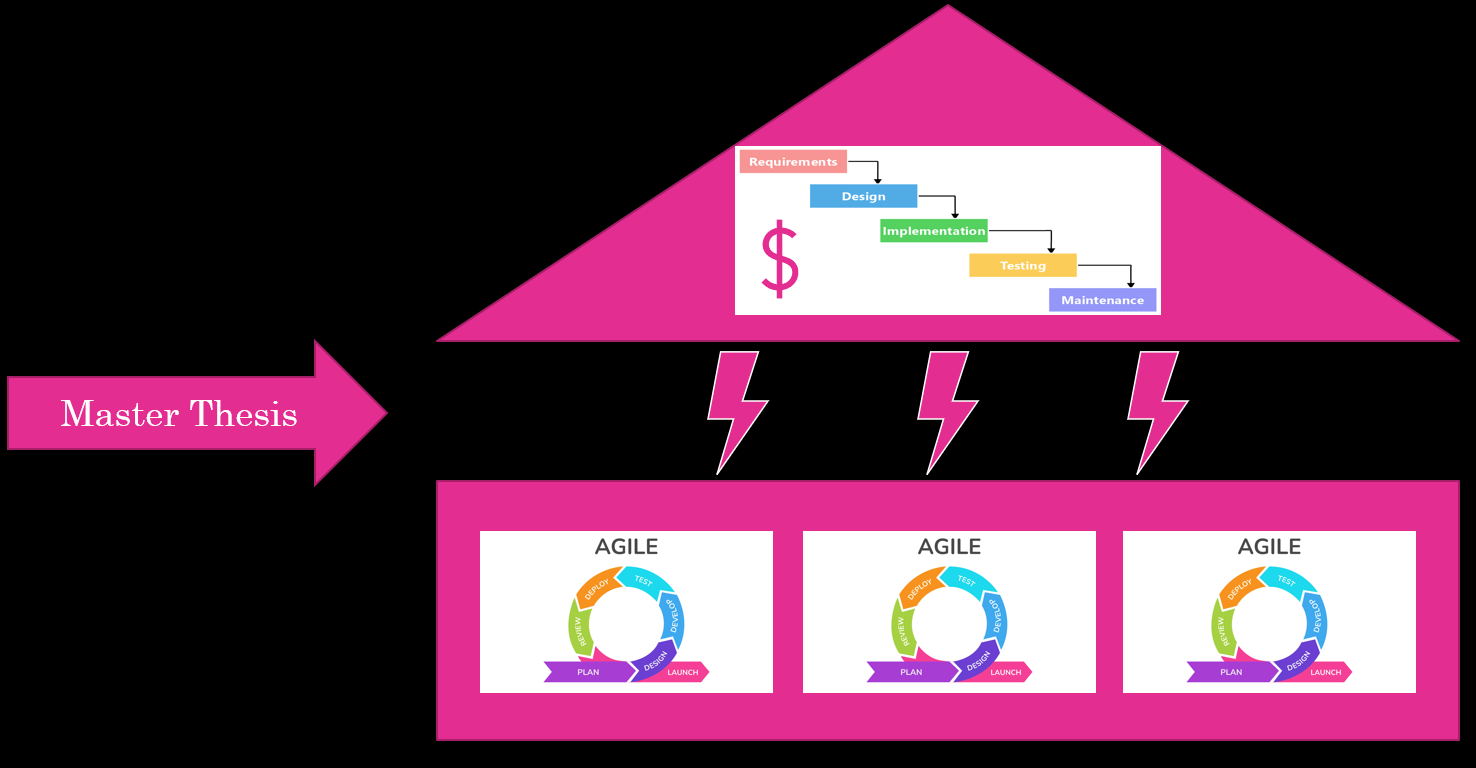
Which principles do companies rely on when gating the funding of their projects and how do companies align their outcome with their strategic goals?
Agile way of working and funding initiatives seem to rely on different principles since the budget of companies is defined yearly and strategic goals even less frequently, but agile teams work in two week sprints and three month business intervals. How can that still work for many companies?
This research aims to find out what the underlining principles are that decide over project funding and how companies find out if the invested resources really pay into their strategic goals.
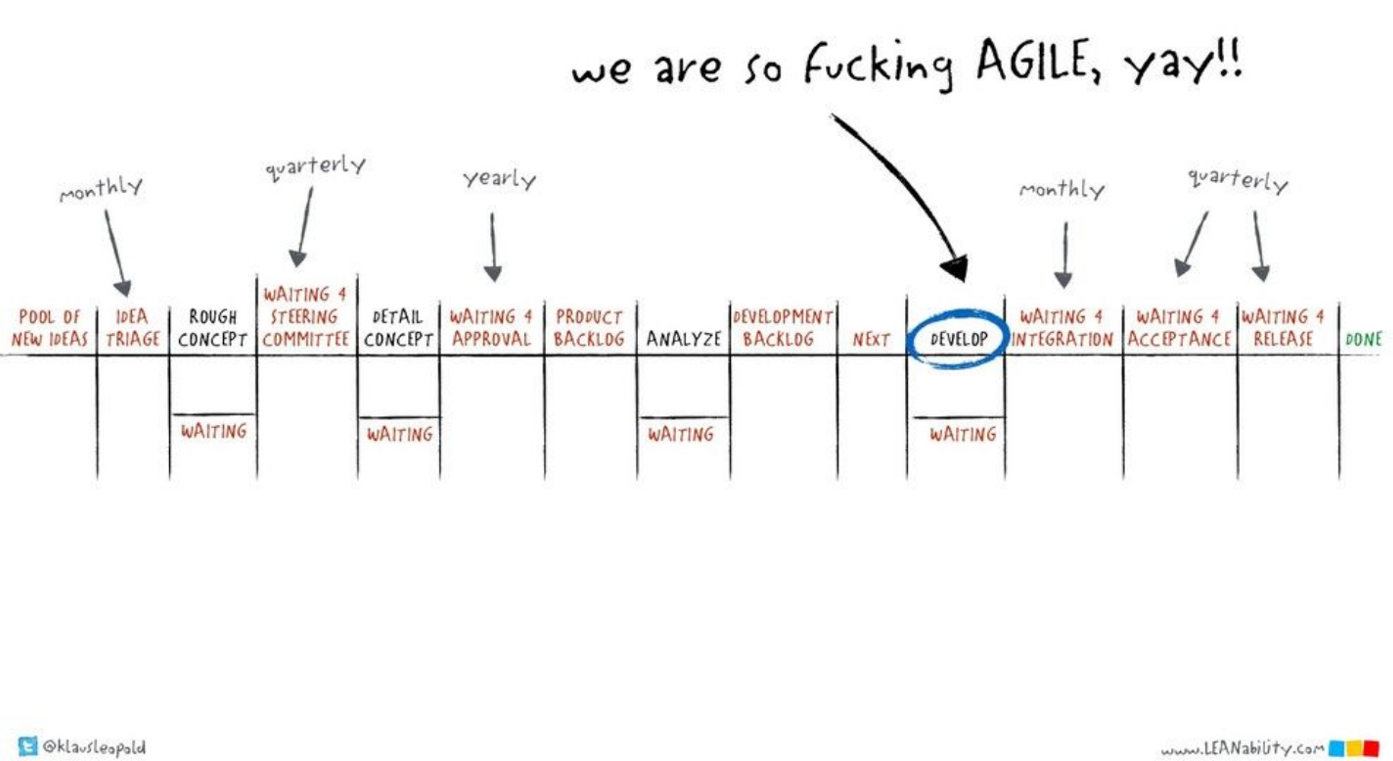
Figure 2: Why time to market needs more than agile development teams, source: Klaus Leopold
Why is this topic relevant?
Although agile set up in large scale organizations is becoming more popular, the tension between agile way of working and process control remains strong, especially in project funding. Not traditional budgeting approaches which would align better with the agile way of working were analyzed in studies and different frameworks were proposed. This research builds on these studies and further analyzes which principles of these not traditional budgeting approaches companies already align with, to be able to give practical recommendations on where they should adapt to reduce this tension.
What did this research find out?
Very interesting was that although companies went through an agile transformation and did apply with the principles needed to reduce the tension between funding projects and working agile (x-axis Figure 3), the main missing link was the alignment of the outcome of these initiatives with the long term strategic goals (y-axis Figure 3).
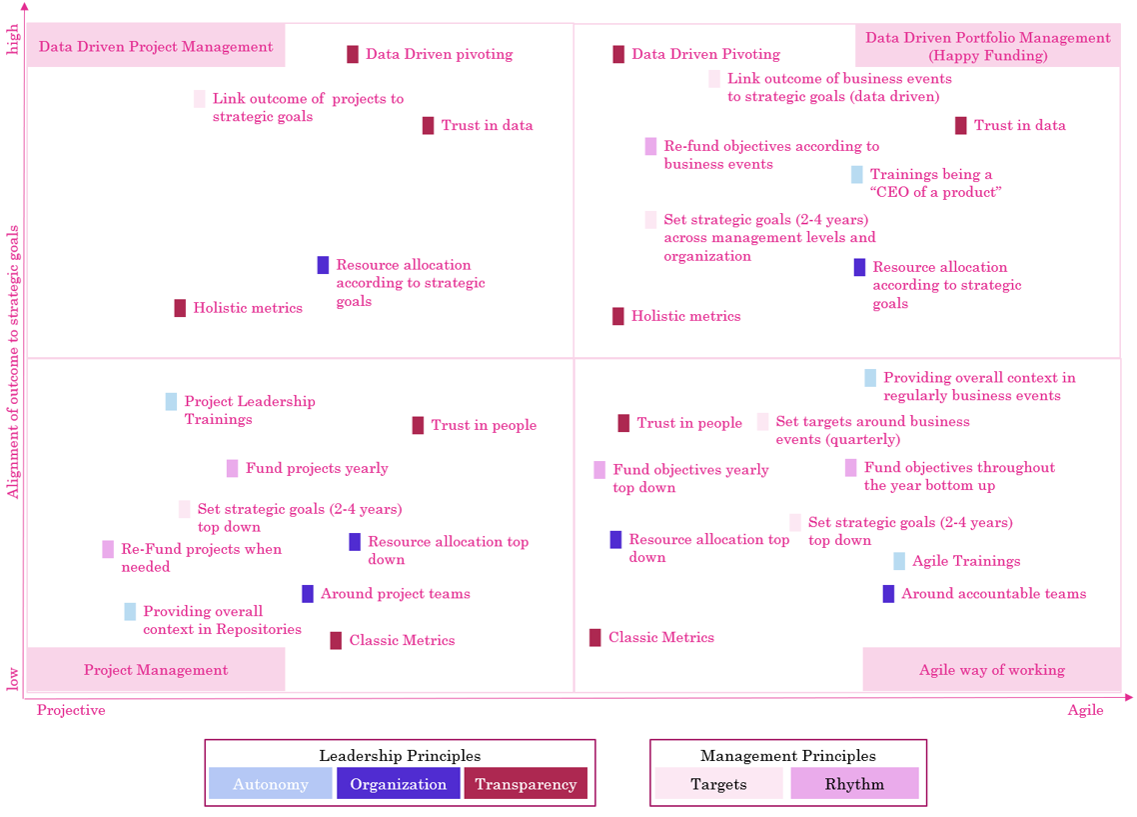
Figure 3: Happy Funding Quadrant, source: own illustration
Therefore, the above 2by2 "Happy Funding Quadrant" puts the two dimensions in perspective and builds on the main principles already necessary to work agile, but adds the missing principles to link the outcome back to the strategic goals.
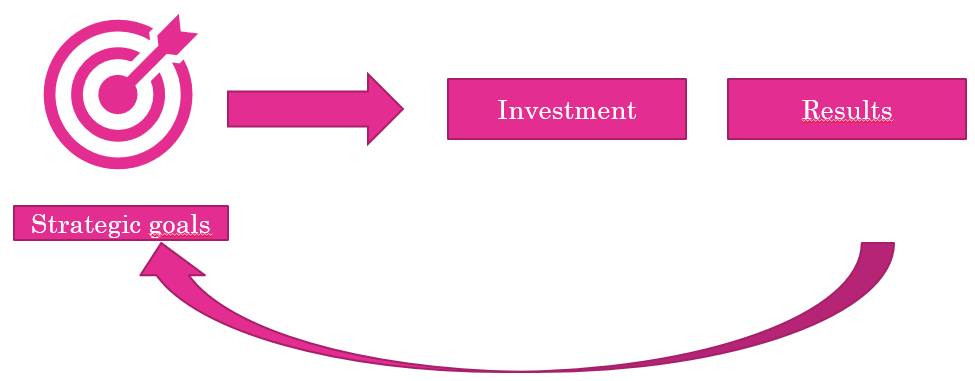
Figure 4: Aligning strategic goals, source: own illustration
What can practicioners learn from these results?
Basically, the principles below should be added to the today's established principles in agile way of working:
-
Most importantly: get data! When funding projects, evaluating outcome, deciding to pivot, rely on and trust in data. Too many companies still rely on "gut feelings" and trust in people only.
-
When talking about autonomy don't forget how important financial skills are. Train your leaders (Product Owner, Product Manager, Team Manager, Architects) to be and think like "The CEO of their product".
-
To achieve the state of "Data Driven Portfolio Management" link the outcome of business events to strategic goals - again in a data driven way!
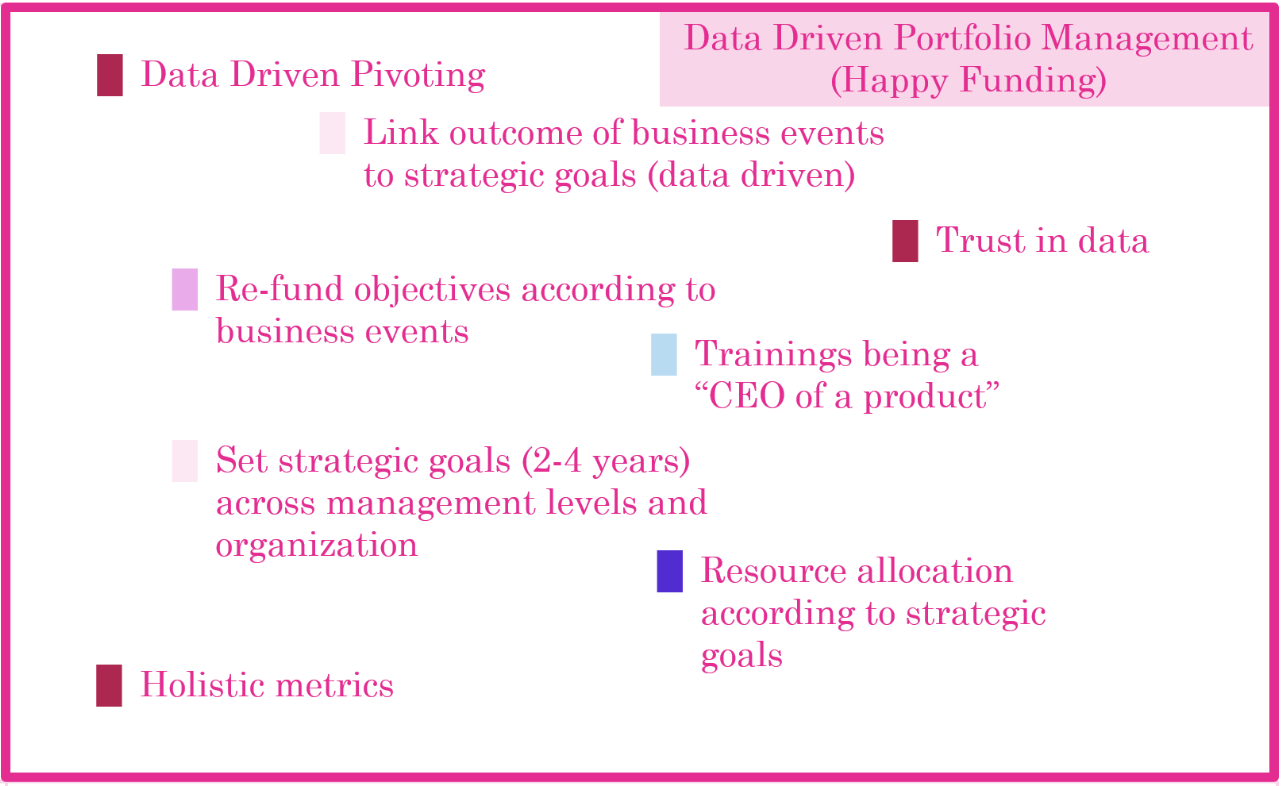
Figure 5: Data Driven Portfolio Management, source: own illustration
Which methodology did this research follow?
This research follows a qualitative dual focus which contains a deductive approach following an underlining theory as well as an inductive approach to analyze the interviews that might lead to new theory. Starting with literature research to be able to specify the research questions based on the research already done. After desk research and relying on the network of the author, suitable interview partners were found which led to the semi-structured interviews. With a hierarchical coding frame, the primary data was analyzed and the new findings could be interpreted and eventually led to the conclusion and implications for practitioners.
